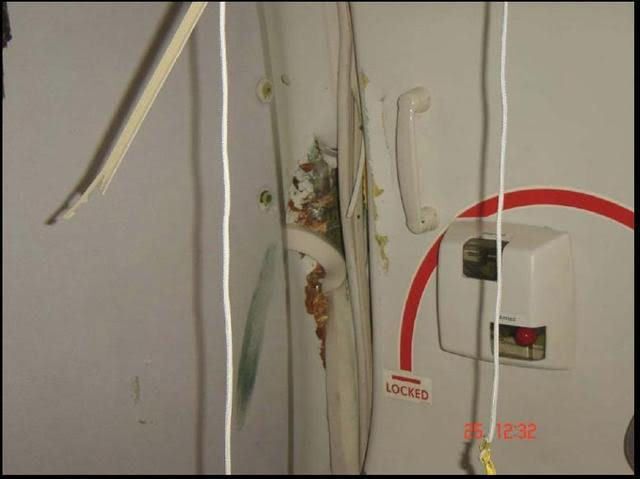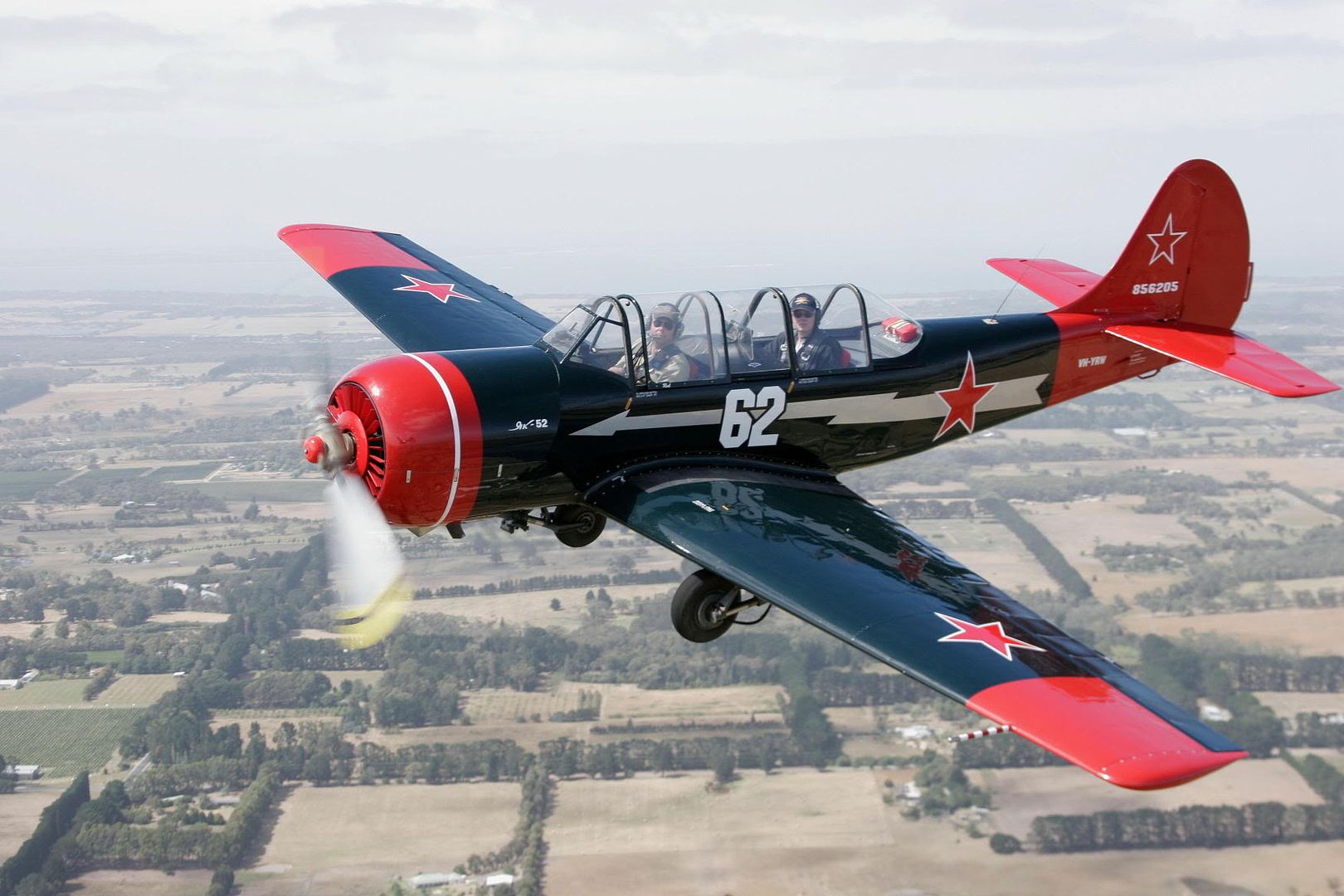Post by corsair67 on Aug 29, 2008 15:26:35 GMT 12
From The Australian -
www.theaustralian.news.com.au/story/0,25197,24260719-12377,00.html
Oxygen 'bottle blast holed Qantas jet'
August 29, 2008.
A BURSTING oxygen cylinder blew the hole in the fuselage of a Qantas jet last month that forced it to make an emergency landing in the Philippines, a report finds.
The tank failed and burst, blasting through the cabin floor from a storage area between business and economy class seats on a Hong Kong to Melbourne flight last month, a preliminary report by the Australian Transport Safety Bureau (ATSB) found.
The investigation found one of the seven emergency oxygen cylinders below the cabin floor had exploded.
"On the basis of the physical damage to the aircraft's forward cargo hold and cabin, it is evident that the number 4 passenger oxygen cylinder sustained a failure that allowed a sudden and complete release of the pressurized contents,'' Julian Walsh, acting ATSB executive director, said today.
Bureau investigators are yet to determine why the tank exploded, almost two months after the July 25 incident.
They could not rule out such an incident occurring again.
"The passengers were obviously very lucky,'' ATSB investigator Julian Walsh said in Canberra.
According to the report, the cylinder shot through the cabin floor near the main door of the plane.
A photo of the impact area showed the projectile came through the floor near the base of the door where a jump seat for a cabin crew member is located.
“It was evident that one passenger oxygen cylinder had sustained a sudden failure and forceful discharge of its pressurised contents into the aircraft hold, rupturing the fuselage in the vicinity of the wing-fuselage leading edge fairing,” the report said.
“The cylinder had been propelled upward by the force of the discharge, puncturing the cabin floor and entering the cabin adjacent to the second main cabin door.
“The cylinder had subsequently impacted the door frame, door handle and overhead panelling, before falling to the cabin floor and exiting the aircraft through the ruptured fuselage.”
''(The cylinder's) been propelled up with significant force to do the damage that it has, and it's happened very quickly so it probably would have been a matter of seconds,'' Mr Walsh said.
"These oxygen bottles are actually quite robust so it would take some significant force to do some damage like that.
"There's nothing at this stage that the ATSB can identify that could have been done to prevent this, we don't really know why the bottle failed - that's the key question for the investigation.''
The inquiry is ongoing.
Mr Walsh said it would be difficult to learn what happened to the damaged cylinder because it was not available to examine.
He said he was not aware of a similar occurrence in aviation history but could not rule out such an event happening again.
"Anything's possible, it's certainly a rare event but no one can discount the possibility of those sort of things happening,'' Mr Walsh said.
The ATSB team is attempting to survey all of the passengers on board the flight about what happened.
During the incident, oxygen masks were deployed and the pilot initiated a rapid emergency descent, before making the trouble-free emergency landing at Manila's airport.
"As far as we can tell from all the information that's available to us the crew have pretty much done a textbook response,'' Mr Walsh said.
The Qantas Boeing 747-438 aircraft, carrying 365 people, was forced to land in Manila after the explosion tore a 152cm jagged hole in the side of the plane.
www.theaustralian.news.com.au/story/0,25197,24260719-12377,00.html
Oxygen 'bottle blast holed Qantas jet'
August 29, 2008.
A BURSTING oxygen cylinder blew the hole in the fuselage of a Qantas jet last month that forced it to make an emergency landing in the Philippines, a report finds.
The tank failed and burst, blasting through the cabin floor from a storage area between business and economy class seats on a Hong Kong to Melbourne flight last month, a preliminary report by the Australian Transport Safety Bureau (ATSB) found.
The investigation found one of the seven emergency oxygen cylinders below the cabin floor had exploded.
"On the basis of the physical damage to the aircraft's forward cargo hold and cabin, it is evident that the number 4 passenger oxygen cylinder sustained a failure that allowed a sudden and complete release of the pressurized contents,'' Julian Walsh, acting ATSB executive director, said today.
Bureau investigators are yet to determine why the tank exploded, almost two months after the July 25 incident.
They could not rule out such an incident occurring again.
"The passengers were obviously very lucky,'' ATSB investigator Julian Walsh said in Canberra.
According to the report, the cylinder shot through the cabin floor near the main door of the plane.
A photo of the impact area showed the projectile came through the floor near the base of the door where a jump seat for a cabin crew member is located.
“It was evident that one passenger oxygen cylinder had sustained a sudden failure and forceful discharge of its pressurised contents into the aircraft hold, rupturing the fuselage in the vicinity of the wing-fuselage leading edge fairing,” the report said.
“The cylinder had been propelled upward by the force of the discharge, puncturing the cabin floor and entering the cabin adjacent to the second main cabin door.
“The cylinder had subsequently impacted the door frame, door handle and overhead panelling, before falling to the cabin floor and exiting the aircraft through the ruptured fuselage.”
''(The cylinder's) been propelled up with significant force to do the damage that it has, and it's happened very quickly so it probably would have been a matter of seconds,'' Mr Walsh said.
"These oxygen bottles are actually quite robust so it would take some significant force to do some damage like that.
"There's nothing at this stage that the ATSB can identify that could have been done to prevent this, we don't really know why the bottle failed - that's the key question for the investigation.''
The inquiry is ongoing.
Mr Walsh said it would be difficult to learn what happened to the damaged cylinder because it was not available to examine.
He said he was not aware of a similar occurrence in aviation history but could not rule out such an event happening again.
"Anything's possible, it's certainly a rare event but no one can discount the possibility of those sort of things happening,'' Mr Walsh said.
The ATSB team is attempting to survey all of the passengers on board the flight about what happened.
During the incident, oxygen masks were deployed and the pilot initiated a rapid emergency descent, before making the trouble-free emergency landing at Manila's airport.
"As far as we can tell from all the information that's available to us the crew have pretty much done a textbook response,'' Mr Walsh said.
The Qantas Boeing 747-438 aircraft, carrying 365 people, was forced to land in Manila after the explosion tore a 152cm jagged hole in the side of the plane.












